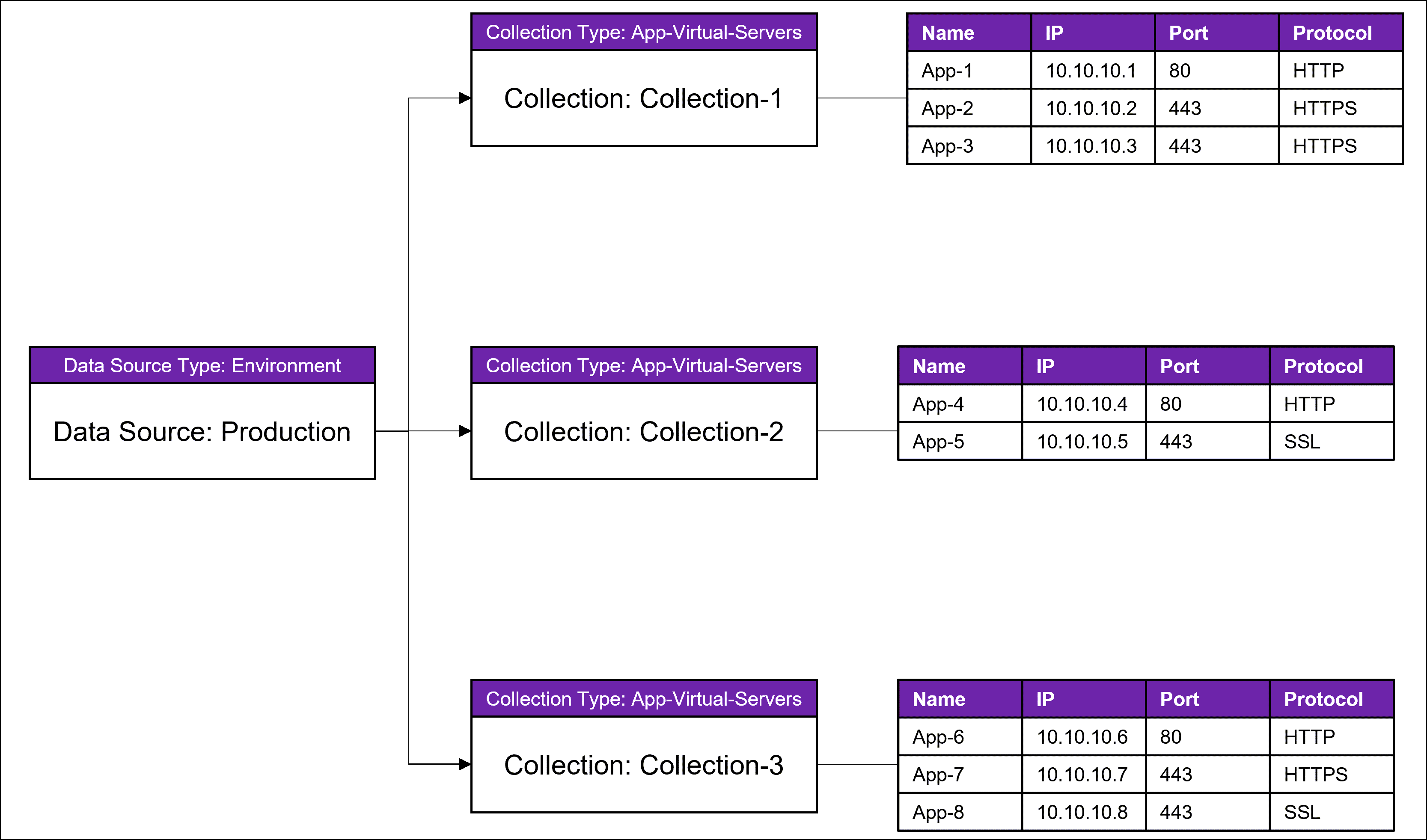-
-
Importing and synchronizing StyleBooks from an external repository
-
Create and use custom StyleBooks
-
Create a StyleBook to upload files to NetScaler Console service
-
Create a StyleBook to upload SSL certificate and certificate key files to NetScaler Console service
-
Enable analytics and configure alarms on a virtual server defined in a StyleBook
-
Allow special characters with their literal form in StyleBooks
-
Manage data sources
-
Use API to create configurations from StyleBooks
-
This content has been machine translated dynamically.
Dieser Inhalt ist eine maschinelle Übersetzung, die dynamisch erstellt wurde. (Haftungsausschluss)
Cet article a été traduit automatiquement de manière dynamique. (Clause de non responsabilité)
Este artículo lo ha traducido una máquina de forma dinámica. (Aviso legal)
此内容已经过机器动态翻译。 放弃
このコンテンツは動的に機械翻訳されています。免責事項
이 콘텐츠는 동적으로 기계 번역되었습니다. 책임 부인
Este texto foi traduzido automaticamente. (Aviso legal)
Questo contenuto è stato tradotto dinamicamente con traduzione automatica.(Esclusione di responsabilità))
This article has been machine translated.
Dieser Artikel wurde maschinell übersetzt. (Haftungsausschluss)
Ce article a été traduit automatiquement. (Clause de non responsabilité)
Este artículo ha sido traducido automáticamente. (Aviso legal)
この記事は機械翻訳されています.免責事項
이 기사는 기계 번역되었습니다.책임 부인
Este artigo foi traduzido automaticamente.(Aviso legal)
这篇文章已经过机器翻译.放弃
Questo articolo è stato tradotto automaticamente.(Esclusione di responsabilità))
Translation failed!
Manage data sources
Defining a data source in NetScaler Console helps you to use data from external sources as an input while creating or updating StyleBook configurations. Otherwise, you have to explicitly supply each input required by the StyleBook. In NetScaler Console, you can use any managed NetScaler instance as a data source for the input to a StyleBook configuration. You can also define custom data sources which can serve as input when creating or updating configurations.
Collections: Like how a database can have multiple tables, a data source can contain multiple collections. Each collection has a name and contains a list of similar tuples, where each tuple is a set of key-value pairs. For example, a collection can be made up of tuples where each tuple has (<name>: <value>, <virtualip>:<value>).
Data source type: A data source type distinguishes the type of source from which the data is retrieved. NetScaler Console supports two data source types.
-
managed-adc - It is a built-in data source. And, it is used for retrieving data from any existing NetScaler managed by NetScaler Console. For more information, see Use a NetScaler instance as the data source.
You can also use the target NetScaler instance as a data source. For more information, see Use target NetScaler instances as data sources.
-
Custom data source type - You can define custom data source types where data is locally populated on NetScaler® Console.
Consider a data source type
Environment. This data source type has two data sourcesProductionandStaging. While creating a StyleBook configuration, the StyleBook user can select any data source of typeEnvironment. Depending on the selection the data values from eitherProductionorStagingare used as input to the StyleBook.For more information, see Use custom data sources
Collection Schema: It describes what type of data that can be stored in a collection tuple. The collection schema describes the name of each key in the tuple and its expected type. In a database analogy, a collection schema is similar to a database schema for a table where each column has a well-defined name and supporting type.
The following diagram is a general representation of the various components of data sources and how they relate to each other:

Share
Share
In this article
This Preview product documentation is Cloud Software Group Confidential.
You agree to hold this documentation confidential pursuant to the terms of your Cloud Software Group Beta/Tech Preview Agreement.
The development, release and timing of any features or functionality described in the Preview documentation remains at our sole discretion and are subject to change without notice or consultation.
The documentation is for informational purposes only and is not a commitment, promise or legal obligation to deliver any material, code or functionality and should not be relied upon in making Cloud Software Group product purchase decisions.
If you do not agree, select I DO NOT AGREE to exit.